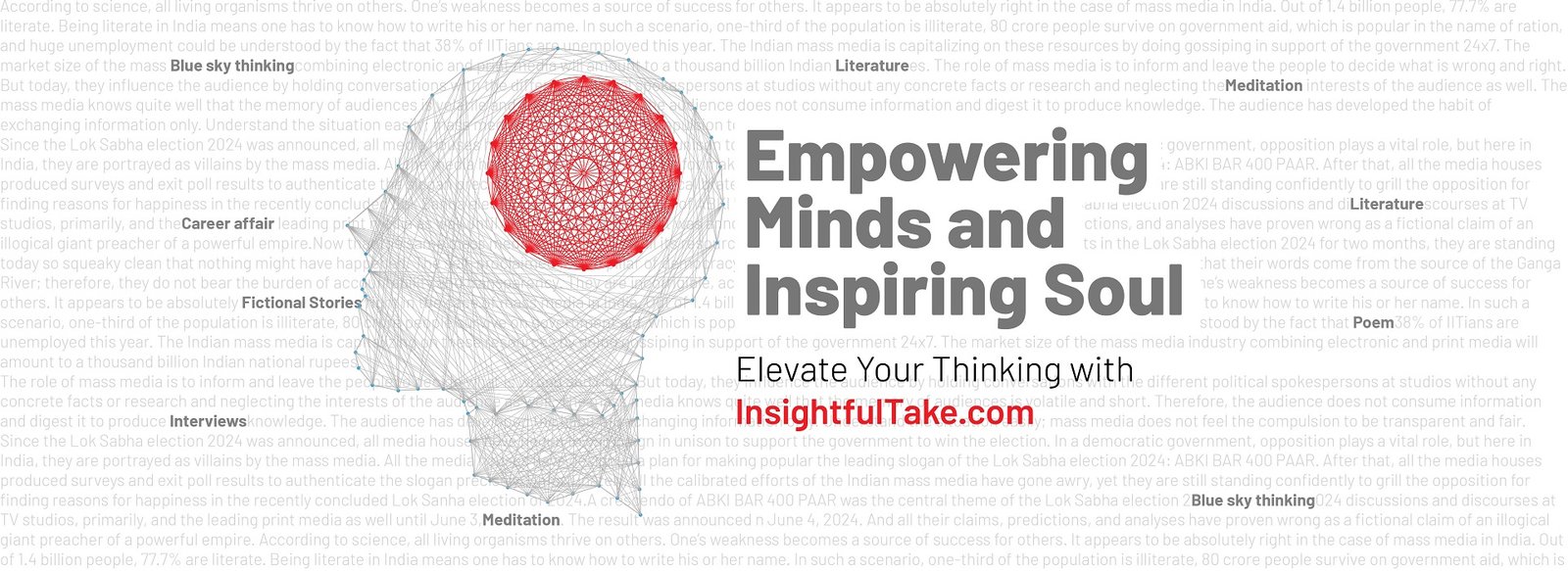The year 2024 has reminded the world of war's brutal persistence and timeless truths, as conflicts in Ukraine and West Asia revealed both the shifting strategies and the unchanging grammar of war. From Ukraine’s tactical maneuvers against Russia to Israel’s relentless campaigns against Hamas and Hezbollah, the year underscored that while the tools of war evolve, its essence remains deeply entrenched in attrition, adaptation, and strategy.
Ukraine: A Shift from Attrition to Maneuver
For much of the Russia-Ukraine conflict, attrition has defined the battlefield. Ukrainian forces, constrained by limited resources and facing Russia’s extensive defensive networks of trenches, mines, and artillery, struggled to make significant breakthroughs. Yet, in August 2024, Ukraine executed a daring and strategically critical operation in the Kursk region, marking a pivotal shift in their approach.
“Kursk presented a unique opportunity,” noted a senior Ukrainian defense official. “It was thinly defended, manned by poorly trained conscripts, and offered us the chance to compel Russia to stretch its defenses.”
The operation was meticulously planned and executed by Ukraine’s elite units, including the 82nd Air Assault Brigade. By targeting Kursk, Ukraine forced Russia to redeploy forces from critical fronts in Kharkiv and Donbas, alleviating pressure on Ukrainian-held territories. This maneuver was not a stroke of luck but the culmination of months of attritional warfare that weakened Russian defenses and identified their weakest points.
Despite this success, the operation was far from a turning point in the war. Russian forces launched a sustained counter-assault to reclaim Kursk, and Ukraine’s broader advances remained constrained by logistical challenges. “We’ve done more with less,” said a Ukrainian officer, “but attrition takes its toll—on troops, morale, and resources.”
Ukraine’s reliance on small-unit tactics, combining infantry, drones, tanks, and artillery, allowed it to navigate heavily mined areas with some success. However, Kyiv’s progress was hampered by delayed and inadequate Western supplies, particularly mine-clearing equipment and ammunition. As the war grinds on into 2025, the attritional nature of the conflict favors Russia, which has greater reserves of manpower and firepower.
Israel: Attrition Against Hamas and Hezbollah
In West Asia, Israel’s wars against Hamas and Hezbollah showcased another dimension of attritional warfare. Following the devastating attacks by Hamas in October, Israel launched a full-scale military response, aiming to dismantle the capabilities of both Hamas and Hezbollah.
“Attrition is not a strategy of choice but of necessity,” said an Israeli military analyst. “When facing asymmetric threats like Hamas and Hezbollah, the objective is to degrade their capabilities to the point of irrelevance.”
Israel’s campaign involved relentless air and ground assaults, decapitating the leadership of both groups and crippling their communication networks. One of its most notable achievements was penetrating and dismantling Hezbollah’s sophisticated communication systems, a move that paved the way for targeted strikes on multiple tiers of its leadership.
By the end of the year, Hamas had been significantly weakened, though it continued to hold hostages and resist Israeli advances. Hezbollah, having suffered heavy casualties, eventually agreed to a ceasefire but retained the capacity to regroup. “We hit them hard, but victory against such groups is rarely absolute,” remarked a senior Israeli commander.
Attrition: The Timeless Grammar of War
Both conflicts reflect a broader truth about modern warfare: decisive victories are rare, and progress is often incremental. As the Prussian military theorist Carl von Clausewitz famously observed, “War is an act of force to compel our enemy to do our will,” yet its nature is dictated by the circumstances and tools available.
In Ukraine, Russia’s ability to adapt has been a critical factor. Despite Kyiv’s successes in striking Russian command centers, logistics hubs, and bridges, Moscow has hardened its infrastructure and dispersed its supply lines. “Every precision strike we launch forces them to adapt,” said a Ukrainian military strategist. “But adaptation is a two-way street—they’ve become more resilient.”
Similarly, Israel’s battles with Hamas and Hezbollah illustrate the limits of attritional warfare. While Israel’s military superiority inflicted significant damage, it could not fully dismantle the resistance. “Attrition may bleed an enemy dry,” said an Israeli defense expert, “but it rarely ends the fight decisively.”
The Road Ahead
As 2025 begins, the outlook for both conflicts remains uncertain. In Ukraine, Russia appears poised to regain the upper hand, supported by fresh reserves and additional forces, reportedly including contingents from North Korea. Ukrainian forces, though resilient, face declining morale and depleting resources, raising questions about their ability to sustain the fight.
In West Asia, Israel’s security remains precarious despite its successes. Hamas retains its ability to inflict harm, and Hezbollah, though temporarily subdued, continues to pose a long-term threat. Both conflicts exemplify the enduring challenge of achieving lasting peace in the face of entrenched hostility.
A Sobering Reminder
The battles of 2024 serve as a stark reminder that war, despite technological advancements, remains a brutal and unforgiving endeavor. Attrition, adaptation, and maneuver may vary in emphasis, but the fundamental nature of warfighting endures.
As Clausewitz observed, “The object of war is peace, but the process is destruction.” For Ukraine, Israel, and the wider world, the lessons of this year highlight the cost of conflict and the relentless pursuit of strategies to mitigate its impact while seeking resolution.

